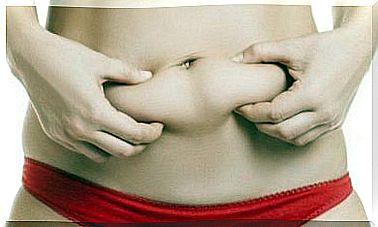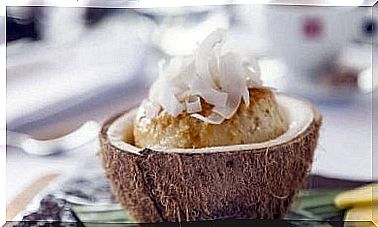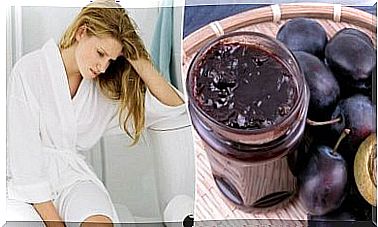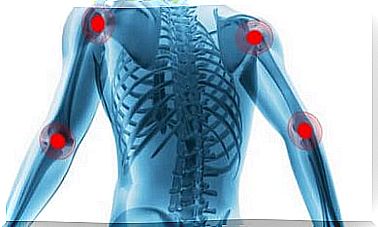Baby Atopic Dermatitis, Basic Care
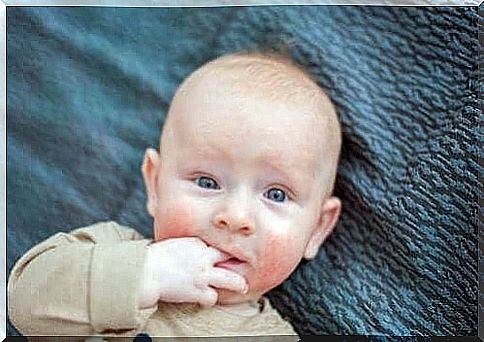
Atopic dermatitis in babies is one of the most common skin conditions that can appear in the first months of life. As it is a chronic disease, its main care will be the prevention and relief of symptoms that occur with it.
Early detection of this dermatological affection will favor the behavior of family members to reduce symptoms and the discomfort it generates.
What is atopic dermatitis in babies?
Among the different stages that children go through are the infant stage, the infant or school stage, and adolescence. In medicine, the baby is called infant to differentiate it from other stages.
Atopic dermatitis in babies usually starts between the third and fifth month of life. At this stage these skin lesions are more frequent. They usually appear in outbreaks of about six weeks, although they can also be continuous.
It is an inflammatory skin disease that presents dry skin as one of the most significant signs in babies. This condition usually accompanies itching or intense itching.
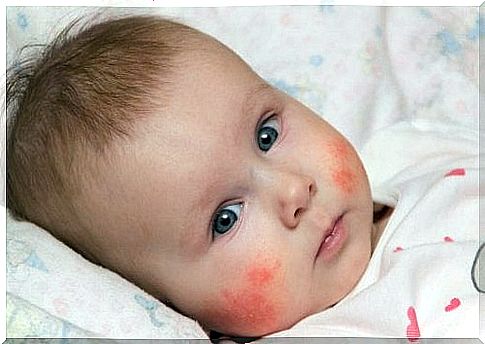
When to consult the pediatrician
Atopic dermatitis in babies has no specific features. It varies with each individual. That is why it is very difficult to differentiate it from other dermatitis. Only your pediatrician can diagnose atopic dermatitis after evaluating your baby’s signs and symptoms.
It is advisable to consult the pediatrician if one of the following manifestations is observed in the child:
- Nonspecific lesions on the skin, especially on the facial region and joint areas.
- Appearance of lesions in outbreaks, or maintained over time.
- Frequent baby crying, which may be associated with itching in the affected areas.
How atopic dermatitis appears in the baby
Atopic dermatitis in babies can manifest in different ways. The most common are the ones we’ll expose in this article.
Lesions usually present on the cheeks, forehead, ears and scalp. From the facial region, it can spread to the rest of the body. They are usually eczema that causes a lot of itching and sometimes a degree of oozing.
Atopic dermatitis in the baby may be accompanied by sensitization to egg white protein. For this reason, diagnosed babies should be tested for sensitization to this food.
Care to prevent atopic dermatitis in babies
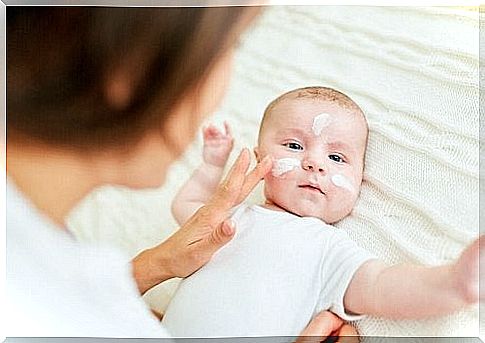
For the care of atopic dermatitis in the baby, good health education to the family about specific care is necessary :
- First, wash baby’s clothes with mild products and avoid fabric softeners.
- Also, avoid heat, especially hot air. To do this you must eliminate wool fabrics, polyester, and some fibers that favor sweating and, therefore, the presence of lesions. For this reason, cotton clothing must be worn.
- On the other hand, place humidifiers in regions where humidity levels are low.
- In addition, clean the baby with short baths or showers, no more than 2-3 times a week, as excess water and exposure to gels favor the appearance of lesions. It is recommended to use acidic pH gel or oatmeal.
- Finally, apply emollient creams several times a day, massaging gently, for proper penetration into the skin.
pharmacological treatment
Undoubtedly, there are situations in which the signs or symptoms that form atopic dermatitis in the baby require pharmacological treatments and follow-up by the doctor to avoid complications :
- First, when there are outbreaks, it is necessary to go to the pediatrician to determine the standard of topical anti-inflammatory treatment. In addition, emollient creams used in the prevention phase must be eliminated.
- Also, one should avoid skin infections. They usually appear because of scratches generated after the appearance of the itch. It is necessary to maintain proper hygiene. Upon this suspicion, the pediatrician may recommend the application of topical or systemic antibiotics.
- One of the most prescribed medications by pediatricians for this disease is topical corticosteroids. So, don’t be afraid to correctly apply this treatment, as it provides great benefits for the baby who has these affections.
